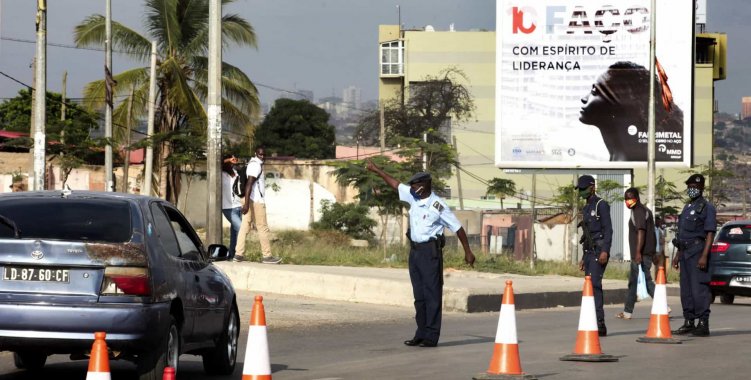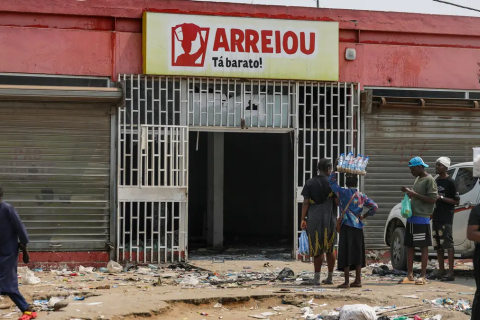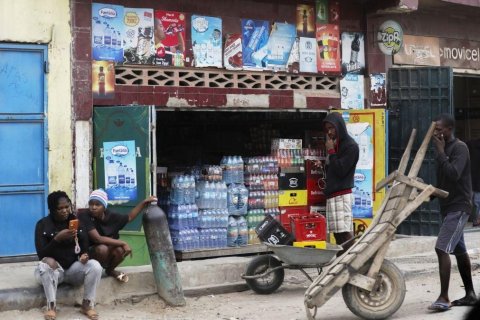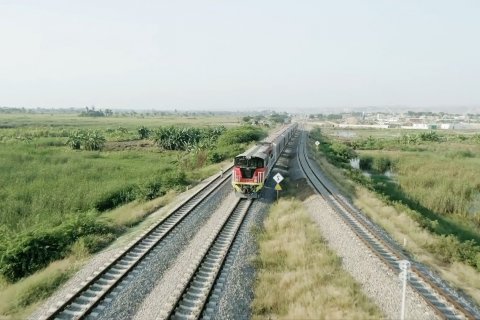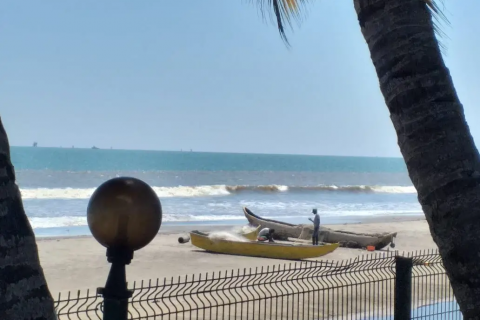The data were released this Wednesday in a statement after the first ordinary session of the CNVT - National Council of Traffic and Traffic Planning, guided by the vice president, Bornito de Sousa.
According to the balance sheet regarding road accidents in the country in the first semester, from January to June 206 less deaths were registered, 578 less injured and 634 less road accidents than the same period last year.
Since March this year, due to the covid-19 pandemic, several restrictions to mobility have been imposed, including inter-provincial, and Luanda is still under sanitary fence.
These indicators, the note stresses, reflect the objective of reducing deaths and injuries from road accidents, at a time when accidents are still the second cause of death, after malaria.
Of the total number of accidents recorded in the period under review, 35 percent were collisions between cars and motorcycles, 18 percent were collisions between cars and motorcycles, 15 percent were collisions between cars, 10 percent were crashes, 7 percent were overturns and the same percentage were collisions between motorcycles, 6 percent were collisions against fixed obstacles and 2 percent were accidents with special characteristics.
The province of Luanda tops the list of accidents (898), deaths (238) and injuries (896), followed by Huambo (360 accidents, 83 deaths and 374 injuries), Huila (343 accidents, 68 deaths and 338 injuries), Benguela (339 accidents, 67 deaths and 451 injuries) and Bié (238 accidents, 46 deaths and 349 injuries).
The meeting also appreciated the project of the new model of driving license, which aims to meet the recommendations of the standards for regional integration, which is expected to bring, among other innovations, a database of the user, which will allow the reading of medical, administrative or legal limitations applicable to its holder.
The proposal of the new driving license also foresees the inclusion of information about the residence of the holder of the document, date of the exam and security characteristics.
"Meanwhile, for its implementation, it will be necessary to change the current functional system for issuing a driving license," the communiqué states, pointing out that during the meeting the Project on Procedures for the Registration and Control of Victims of Traffic Accidents in Sanitary Units and the Accident Victims Control Record were also analyzed.
This document, which aims to regulate the procedures for registration and control of victims of road accidents assisted in health units up to 30 days after the occurrence, aims at the effective control of people who do not die at the scene of the accident and that may happen in hospital, not generally entering into the statistics.
According to World Health Organization (WHO) recommendations, victims who die within a period of up to 30 days in hospital units should have road accidents as the cause of death.
The CNVT was also informed about the road maintenance and conservation project, associated to the Road Infrastructure Rehabilitation Program, which foresees the maintenance and conservation of 14,199 kilometers of primary roads, 7000 of secondary roads and 4507 of tertiary roads.
As part of the implementation of the Road Infrastructure Rehabilitation Program, the road rescue plan covered a road network of 1,824 km, of which 223 are deep rehabilitation and 1,601 are maintenance and conservation.
"With a national network of 76,000 kilometers of roads, 25,806 of which are fundamental, 17,199 are complementary and 32,995 are tertiary, the road rescue program foresees the conservation of 1770 kilometers, recovering segments of the primary and secondary network in an advanced state of degradation", reads the communiqué.
The presidential decree that approves the Regulation of Attribution of License Plate Number and the National Registry of License Plates, whose materialization is pointed to the first quarter of 2021, also deserved analysis of the participants in the meeting.

